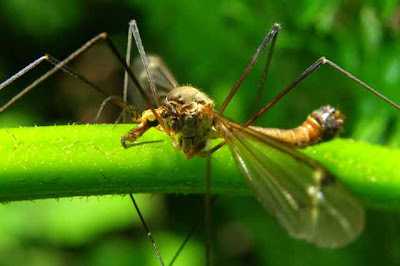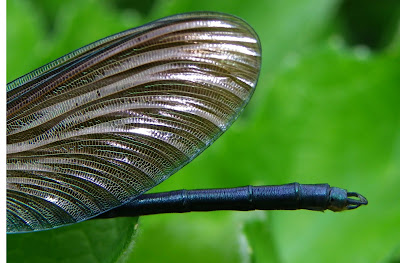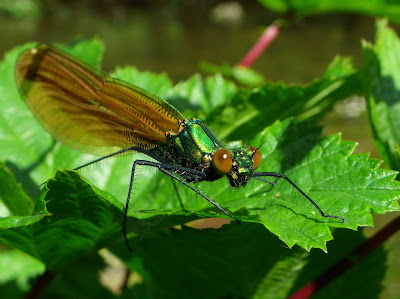GASLAND is an award winning documentary that explains the devastating impacts on our environment when greed and power take center stage. http://www.2gb-hosting.com/v/7ad69a300f10322f2cdda33b56b1c16d/adc0b7b5cba782e.avi.html#
Friday, September 9, 2011
Friday, August 12, 2011
Tuesday, July 19, 2011
Sunday, July 17, 2011
Silver washed fritillaries mating
These are very large and impressive butterflies belonging to the family of Nymphalidae There are four different species of Fritillaries in Ireland and the Marsh Fritillary is the most rarest butterfly of all across Europe and it is listed under Annex ll of the EU Habitats Directive. Habitat destruction and change of land use is responsible for their downfall. Despite this piece of legislation however little to nothing has been done by the Irish government to prevent their decline as law enforcement is completely incompetent.
Monday, July 4, 2011
Thursday, June 30, 2011
Thursday, June 23, 2011
Tuesday, June 21, 2011
Wednesday, June 15, 2011
Tuesday, June 14, 2011
Friday, June 10, 2011
Wednesday, June 8, 2011
Curracloe Beach
Labels:
beach shore,
clouds,
curracloe,
curracloe beach co wexford,
grass,
landscape,
sand,
seascape,
seaside,
stormclouds,
water
Friday, June 3, 2011
Monday, May 30, 2011
Thursday, May 26, 2011
Wednesday, May 25, 2011
Tuesday, May 24, 2011
10 spot ladybird.
I had thought this ladybird was the invasive Harlequin.The Harlequin has various different names around the world as it can have different colours and between 0 -20 spots. The Harlequin is native to Asia but has been introduced by man to North America, Europe and Africa to control Aphids on crops but this decision has drastically affected the native species.The Harlequin not only outcompetes the native species food supply but also preys heavily on them. Ireland has 18 ladybird species, of which only 15 have been recorded recently. The spread of the Harlequin will no doubt impact these remaining few evolutionary unique species to Ireland. The environment and the biodiversity it supports will have to feature higher and be respected more throughout all countries. It especially needs to be brought into all government policy decisions and a switch away from outright enonomic growth that all goverments strive for at present. There will be no human economy without a functioning ecosystem.
Labels:
biodiversity,
ladybird,
owemduff
Friday, May 20, 2011
Wednesday, May 18, 2011
Friday, May 13, 2011
Thursday, May 12, 2011
Subscribe to:
Comments (Atom)



































 This Caterpillar is one of the most amazing life forms I have ever happened on. I found it while cleaning up some old timber. It measures 65mm long.
This Caterpillar is one of the most amazing life forms I have ever happened on. I found it while cleaning up some old timber. It measures 65mm long.












